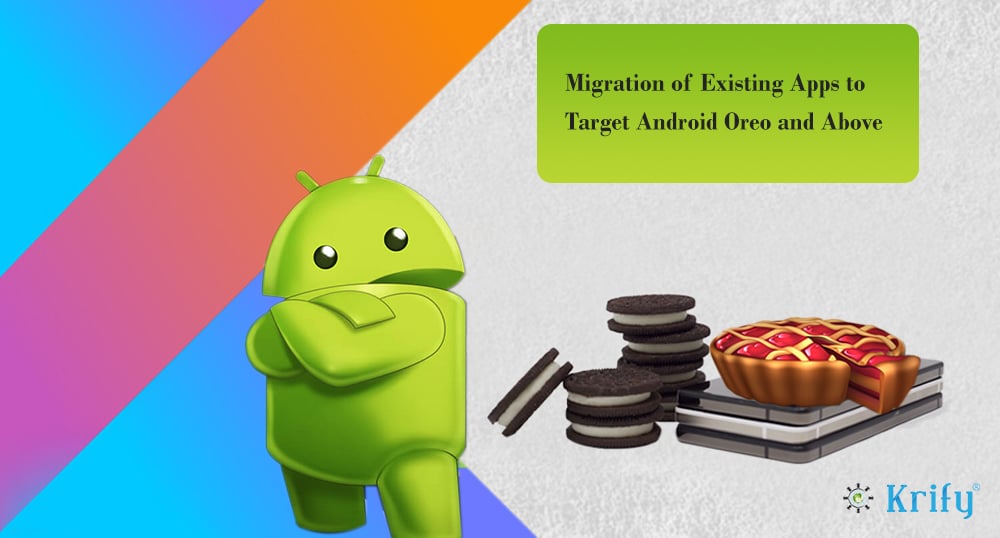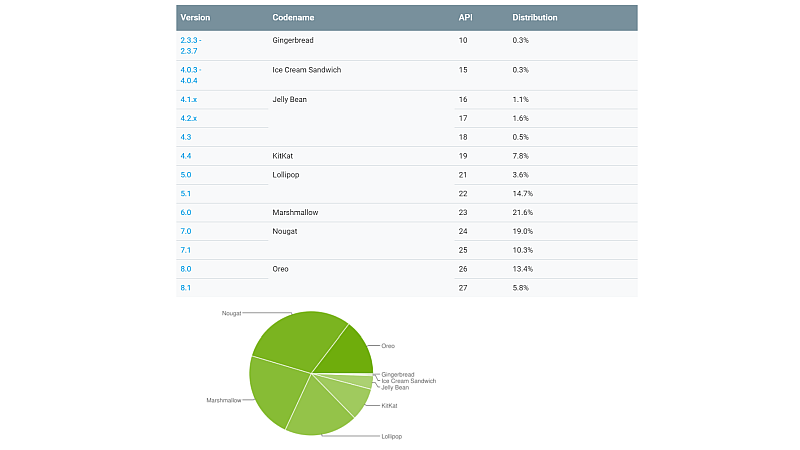Everyone is aware that at the recent Google IO 2018 event held in May 2018, Google recommended developers to update to the latest Android APIs after August 1, 2018. All new Android apps that are going to be developed should targetSdkVersion API level 26 (Android Oreo) in order to get published.
But, Why should we update apps to level 26 version?
Well, the quick answer for this is boss’s order. As Google is our boss, the reason behind this is that Google focuses on security updates. Also, technology and people are willing to seek for the updated versions, even mobile phone manufacturers releasing Android OS updates to the devices. And if every aspect of the basic things getting updated to the latest versions, then Why not the Apps?
Targeting new version APIs is crucial for fully utilizing latest features and ensuring backward compatibility, despite Google’s efforts. This doesn’t mean for app support on all devices but to make sure the app is under more secure and safe.
What do we Update?
In simple words, all your new and existing Android apps instantly. Let’s now determine which apps require updating and when?
Till August 2018
All Android app owners with live apps on the Play Store are notified to update them to target API level 26(Android Oreo). New apps in the development process, including alpha and beta version apps, must target API level 26.
From November
From November the developers need to develop the apps to target android Oreo and above. The Play Store will also remove apps that developers do not update.
2019 Onwards
Every year, the TargetSDKversions requirements will advance to the next level, and all existing apps and new apps must target that corresponding API level or higher within the year. One important thing to remember is that the developers remain free to use the MinSDKversion of their choice. And there is no chance to the developers to develop the apps using the older API versions.
How to Update an App in the Google Play Developer Console?
The procedure involved is very easy. APIs at the API level have been updated or removed; update your apps accordingly for compatibility. Here are some changes that take place in recent platform versions:
- Android 5.0 no longer supports Implicit intents for bindServices()
- Android 6.0 doesn’t support runtime Permissions
- Android 7.0 – User-added CAs not trusted by default for secure connections.
- Android 8.0 – Apps can’t access user account without explicit user approval.
Apart from the popular Android Nougat, Marshmallow, and Oreo versions, the Android distribution chart shows Android Lollipop at 18.3%, KitKat at 7.8%, and Jelly Bean at 3.2%. Dated versions, including Android Ice Cream Sandwich and Gingerbread, are also a part of the distribution chart with 0.3% share each.
So, from the above-detailed discussion, you can now get an idea about App updations to API level 26. Now update our awesome apps for a fresher and amazing user experience on Android phones. You can also watch this YouTube video here, which Google conducted at Google I/O 2018.
Are you looking for Mobile App developers with maintenance and support, Krify is here to help you in this regard. Contact us.




